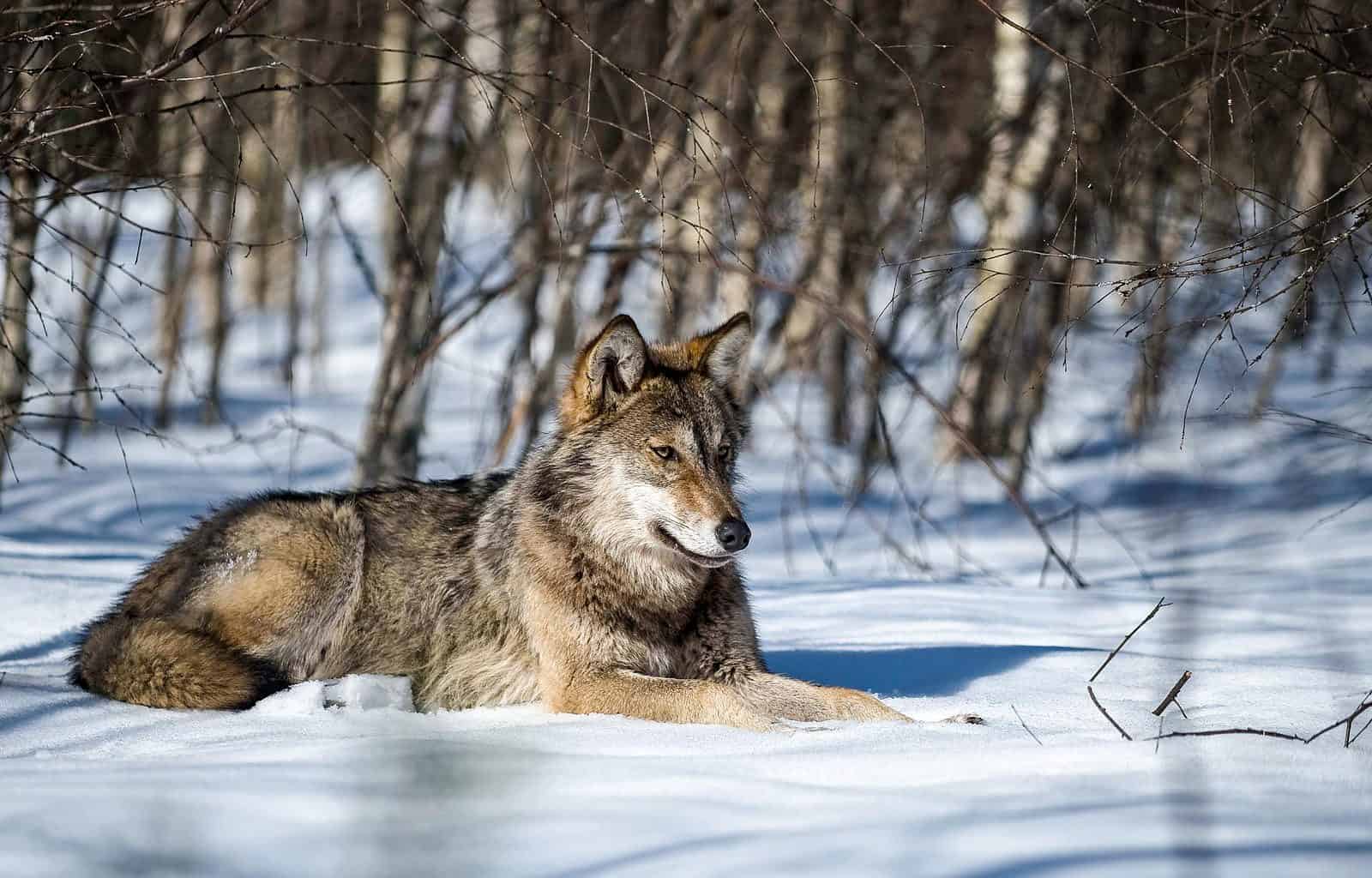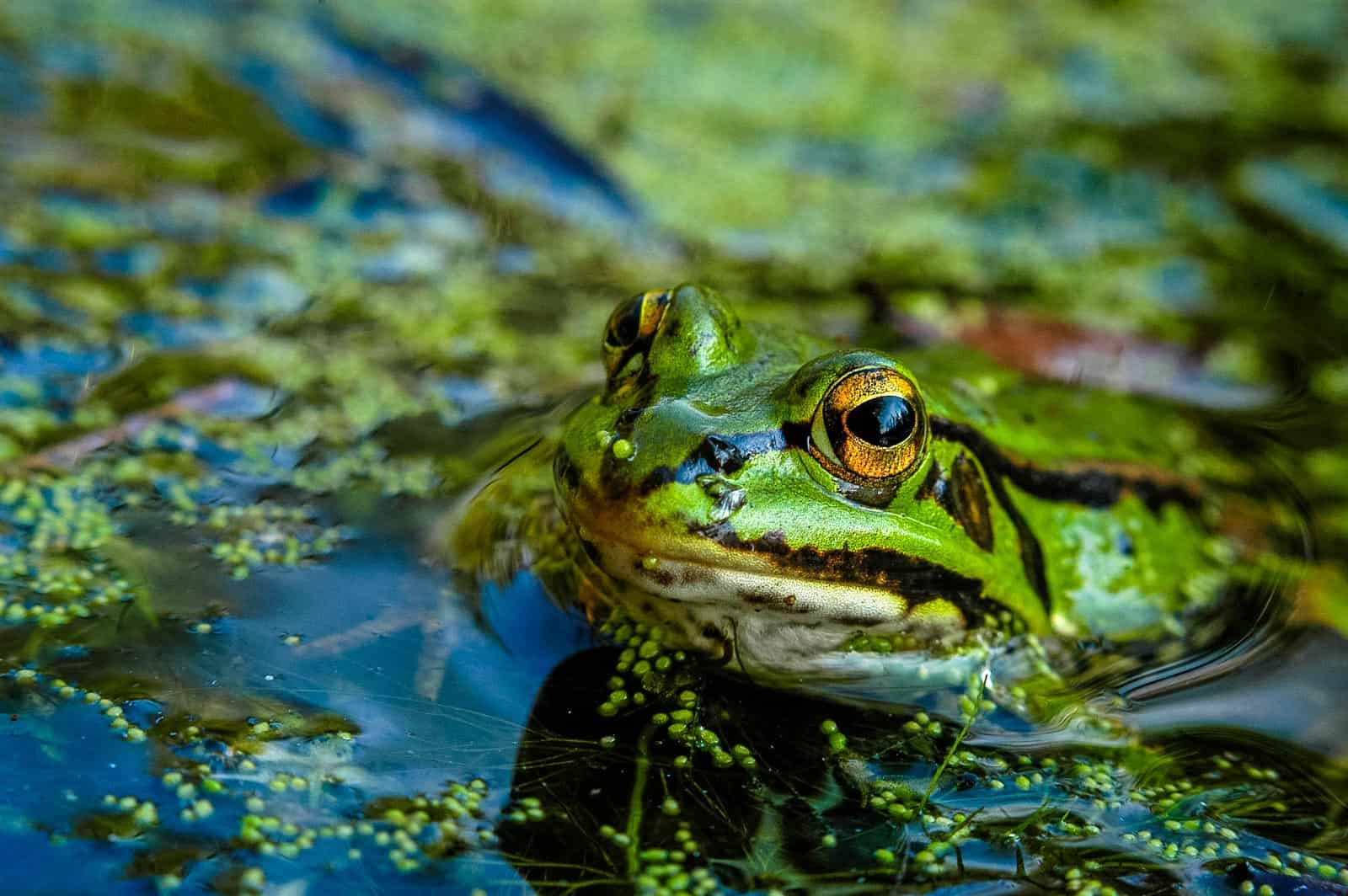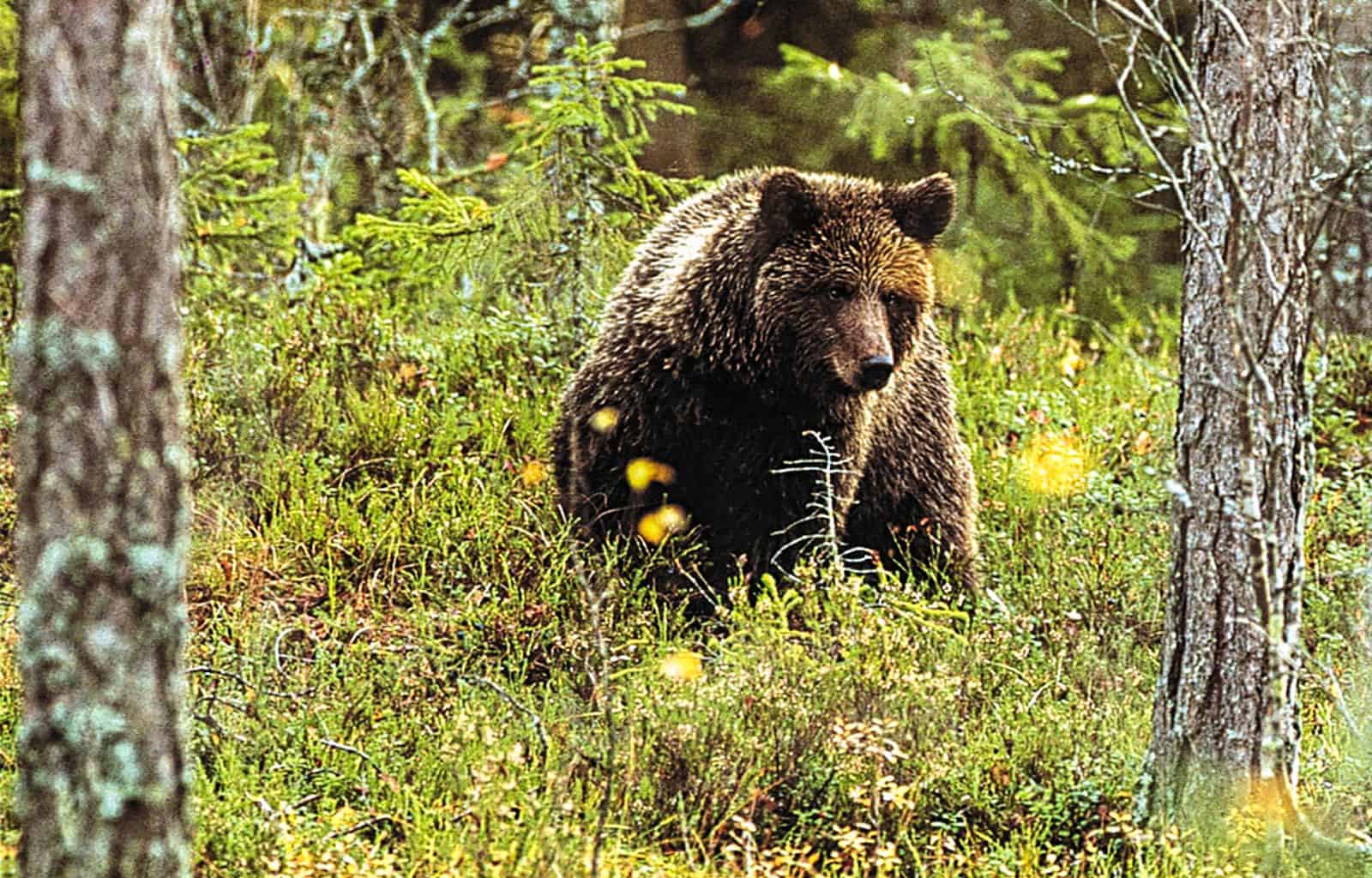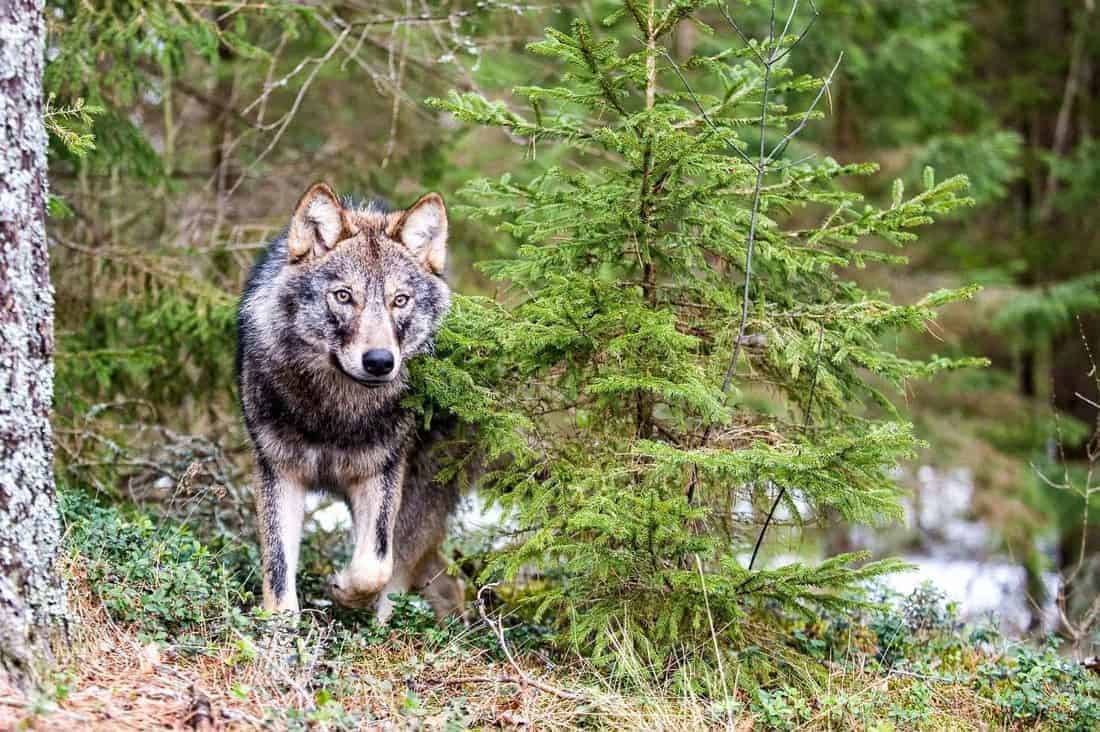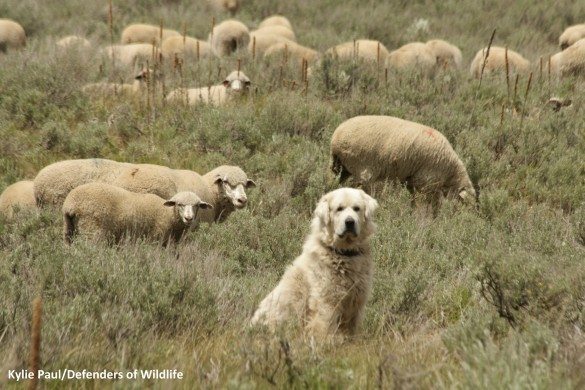New observations confirm wildcat presence in Austria
Good news for the wildcat in Austria, as Thayatal National Park confirms new records of the forest dweller. The European wildcat (Felis silvestris) has been recorded in the region since 2007, but never on a regular continuous basis. Experts believe the Austrian wildcat population is still very fragile and small. The new sightings are a promising sign for the conservation of this species.
Please also read: Wildcats return again to Austria
A rare sighting in Austria
Back in 2003, a camera trap took a picture of a wildcat in the region Waldviertel. This sparked the interest of researchers to study this species and identify how conservation efforts could support it. Following this, in 2006, Thayatal National Park started its first research project on wildcats. Researchers installed so-called lure sticks in the field, that are covered with a scent that attracts the wildcats. As the cats brush past the sticks, it catches a few hairs that researchers can collect. From the hairs, they can extract the wildcat’s DNA for a genetic analysis. With this genetic analysis, the researchers can gain insight for example on the population size, origin of the individual and cross-breeding with feral cats.
As the National Park got its first evidence of the wildcat presence in 2007, the interest grew. Also in other Austrian federal states, researchers went out to the field to find out if the wildcat was present. Occasional observations of wildcat in Thayatal were recorded in 2008, 2009, 2011, 2013, 2014 and 2018. Early 2021, numerous observations confirmed the wildcat presence in the Wachau region, some 75 kilometers from Thayatal National Park.
Support from the European Union
The wildcat is a species that is in need of strict protection, and is also listed as such in the Habitats Directive. Under Annex IV, it joins other mammals that require such protection, like the wolf, lynx and bear. As we know still very little about the wildcat in Austria, the European Union supports several initiatives to collect more information. In autumn 2020, a cross-border Interreg project ‘Connecting Nature AT-CZ’ started. In this project, Thayatal National Park works together with neighbouring partners from the Czech Republic. Together, the organisations try to collect further recordings of wildcat in the region. And thus far, the results look already promising! In the first quarter of 2021, camera traps have captured wildcats frequently. The German Senckenberg Institute analysed genetic samples from hairs on lure sticks, and confirms that it is indeed from wildcats.
Austrian wildcat hotspot
The wildcat occurrence in Thayatal National Park, the Wachau region and other sightings in Carinthia indicate that the species is there to stay. There is a lot of potential for further expansion of the wildcat in Austria, but this requires more research and conservation efforts. The main threats to the wildcats in neighbouring countries include roadkills, accidental killing and poaching. It is very likely that the wildcat population in Austria suffers from the same threats, as the population grows. After all, wildcats need sufficient forest area to roam around, without human disturbances.
So far, Austria has not included the presence of the wildcat in their report for the Habitats Directive. It will be important to do so for the next reporting period. This will confirm the need for further financial support for conservation measures. Through international cooperation, several organisations are testing best practices for wildcat conservation in Austria to help the wildcat population grow. In the coming years, there might be more projects with financial support from the European Union to further strengthen the wildcat conservation.



